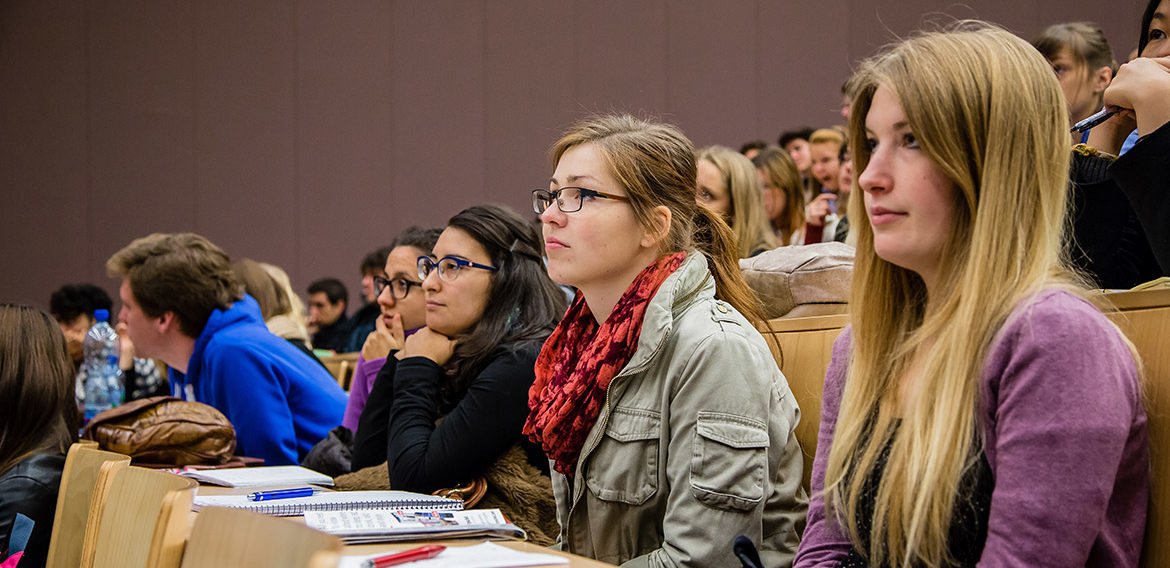Notizia 3
Despite the rising cost of education, a college degree is one of the best investments that a young person can make. In 2015, median earnings among workers aged 22 to 27 with a bachelor’s degree were $43,000, compared with $25,000 for those with just a high school diploma. Over a lifetime, a person with a bachelor’s degree typically earns $800,000 more than someone who has completed only high school, even after netting out tuition costs.
The financial prospects for college dropouts are poor, for two reasons. First, dropouts earn little more than people with no college education. Second, many dropouts have taken on student loans, and with their low wages, they have difficulty paying off even small balances. Dropouts account for much of the increase in financial distress among student borrowers since the Great Recession.
The dropout problem is particularly acute for students whose parents did not attend college. First-generation students beat enormous odds by even enrolling in a four-year degree program. Yet 30 percent of first-generation freshmen drop out of school within three years. That is three times the dropout rate of students whose parents graduated from college.
A new “On-track Pell bonus” will increase the grants of low-income students who enroll in 15 credits a semester. The bonus is intended to signal that 15 credits is the right level of course work if students want to graduate on time.
Helping students to enter college isn’t enough. For higher education to fulfill its promise as an engine of economic mobility, we need to get students across the finish line to graduation.

